Fruit trees, whether bearing apples, peaches, pears, mangoes, or citrus, are valuable assets in both home gardens and commercial orchards. However, their health and productivity are constantly at risk due to a variety of pests. These invaders can stunt growth, reduce yield, spoil fruit, and in severe cases, kill entire trees.
In this article, we’ll explore six of the most destructive fruit tree pests. You’ll learn how to identify them, understand the damage they cause, and discover practical methods—cultural, mechanical, biological, and chemical—to control and prevent infestations.
1. Codling Moth (Cydia pomonella)
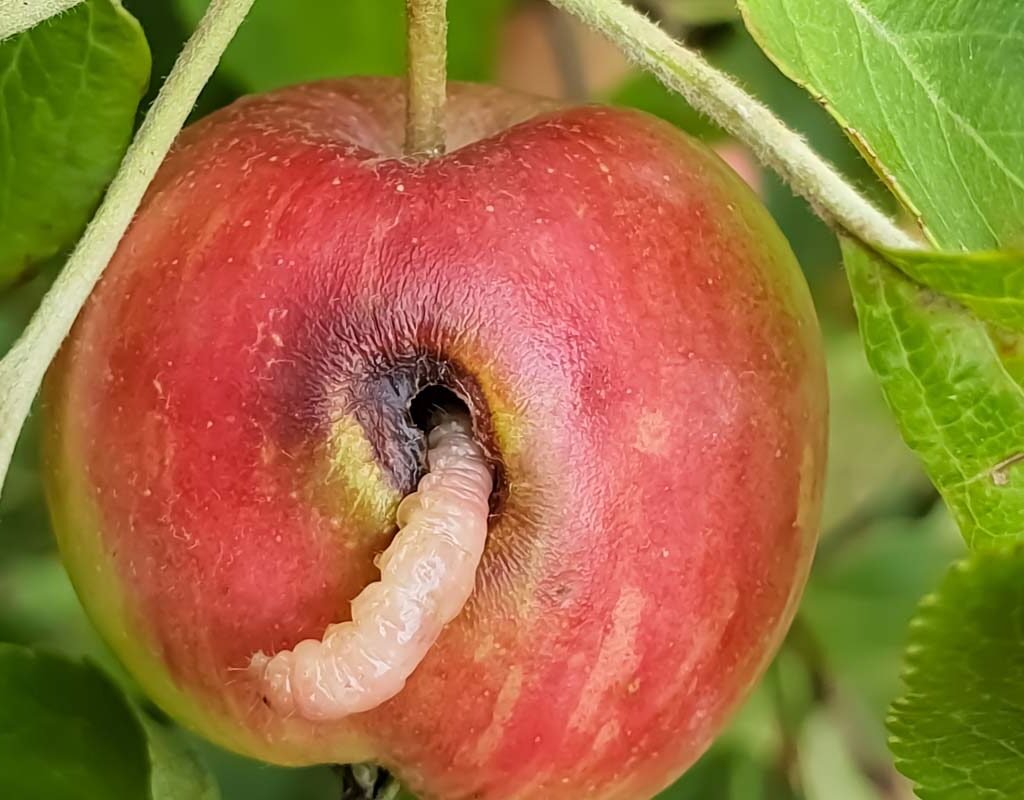
Damage
Codling moths are notorious for causing the classic “worm in the apple” problem. The adult moth lays eggs on developing fruit, and the hatching larvae burrow into apples and pears, feeding on the flesh and leaving behind frass (sawdust-like excrement). Infested fruit often drops prematurely or becomes inedible.
Identification
- Small, grey moths with coppery wing tips
- Entry holes in fruit with frass around them
- Internal tunneling when fruit is cut open
Control Methods
- Pheromone traps: Used to monitor or disrupt mating.
- Sanitation: Remove fallen and infested fruit to prevent larvae from overwintering.
- Biological sprays: Products containing Bacillus thuringiensis (Bt) can target young larvae.
- Bagging fruit: Cover individual fruits with paper bags to prevent egg-laying.
2. Aphids
Damage
Aphids feed by piercing plant tissues and sucking sap, which causes curled leaves, distorted fruit, and stunted shoots. They excrete a sticky substance called honeydew, which leads to sooty mold and attracts ants. Aphids can also transmit plant viruses.
Identification
- Small green, black, brown, or red soft-bodied insects
- Often clustered on the underside of leaves or young shoots
- Sticky residue (honeydew) and black sooty mold
Control Methods
- Encourage beneficial insects: Ladybugs, lacewings, and parasitic wasps naturally prey on aphids.
- Insecticidal soaps or neem oil: Effective against soft-bodied insects.
- Prune heavily infested parts: Reduces aphid populations quickly.
- Avoid over-fertilizing: Especially with nitrogen, which encourages soft new growth that aphids love.
3. Scale Insects
Damage
Scale insects attach themselves to branches, leaves, or fruits and feed on plant sap. This leads to yellowing leaves, stunted growth, and sometimes branch dieback. Soft scales excrete honeydew, promoting sooty mold, while armored scales do not.
Identification
- Tiny, round or oval bumps on bark or leaves
- Appear immobile and waxy
- Presence of sticky honeydew or black mold
Control Methods
- Dormant oil spray: Applied in late winter or early spring to smother overwintering insects.
- Systemic insecticides: Absorbed by the plant and kill feeding scales.
- Manual removal: Light infestations can be scraped or pruned off.
- Natural predators: Tiny parasitic wasps and lady beetles are effective scale enemies.
4. Borers (Wood-Boring Insects)
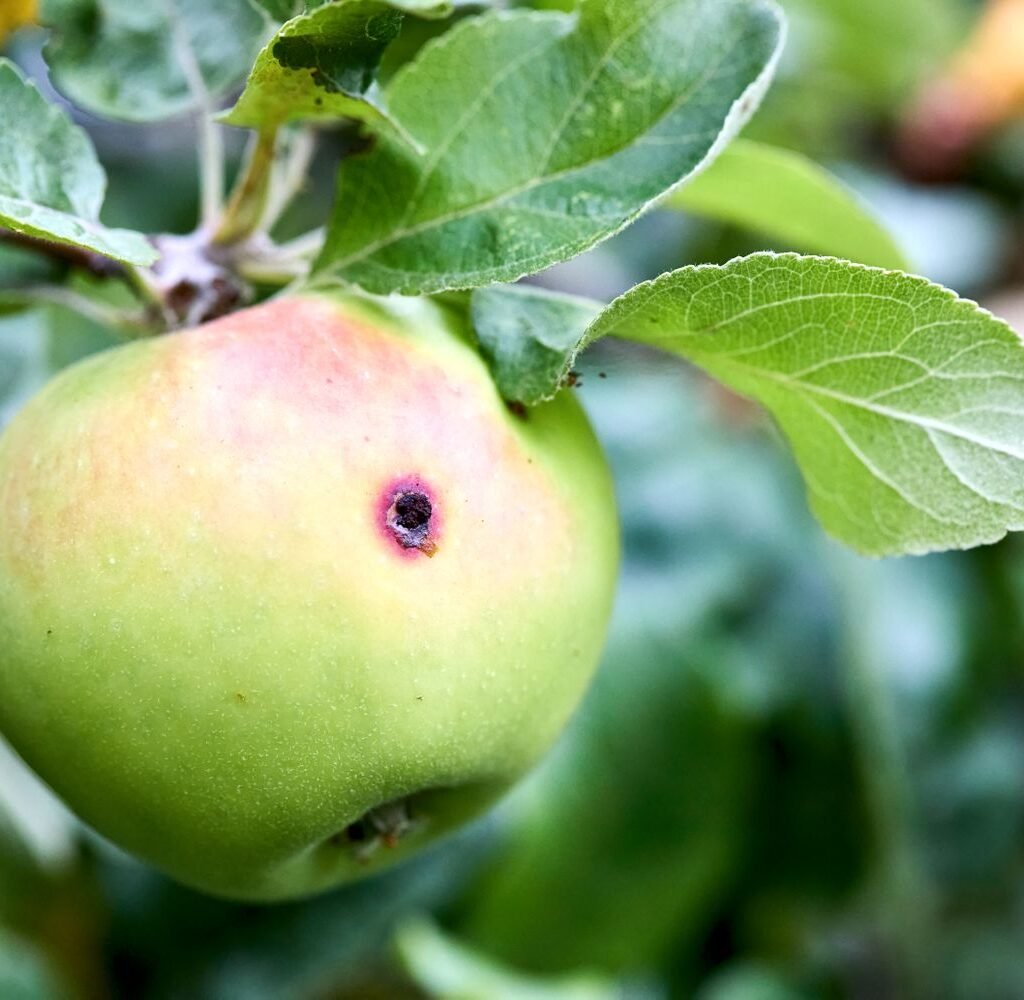
Damage
Borers are some of the most dangerous pests, as they tunnel into the wood of trunks and branches, disrupting nutrient and water flow. This can cause dieback, bark splitting, and eventual death of limbs or entire trees. Examples include peach tree borers and flatheaded borers.
Identification
- Small holes in bark with frass (sawdust-like material)
- Gummy sap or resin around entry points
- Wilted or dying branches
- Larvae visible within tunnels if bark is removed
Control Methods
- Prevent tree stress: Healthy trees are more resistant.
- Trunk sprays: Apply insecticides to bark during adult activity periods.
- Prune and destroy infested branches: Interrupts the pest’s life cycle.
- Sticky traps: Capture adult moths to monitor population levels.
- Barrier wraps: Protect young tree trunks from egg-laying.
5. Fruit Flies (Tephritid species)
Damage
Fruit flies lay eggs just beneath the skin of fruits. The larvae feed on the fruit, causing internal rot, discoloration, and premature fruit drop. This damage makes the fruit unmarketable and can cause massive economic losses in commercial orchards.
Identification
- Small puncture marks on fruit skin
- Soft or sunken spots
- Maggots inside when fruit is cut open
- Adult flies resemble houseflies but are smaller with patterned wings
Control Methods
- Traps and lures: Use baited traps to reduce adult populations.
- Fruit bagging: Physical exclusion prevents egg-laying.
- Timely harvest: Pick ripe fruits promptly.
- Field sanitation: Remove fallen or rotting fruit to prevent larvae development.
- Insecticide application: Target adults before or during egg-laying.
6. Leafrollers and Caterpillars
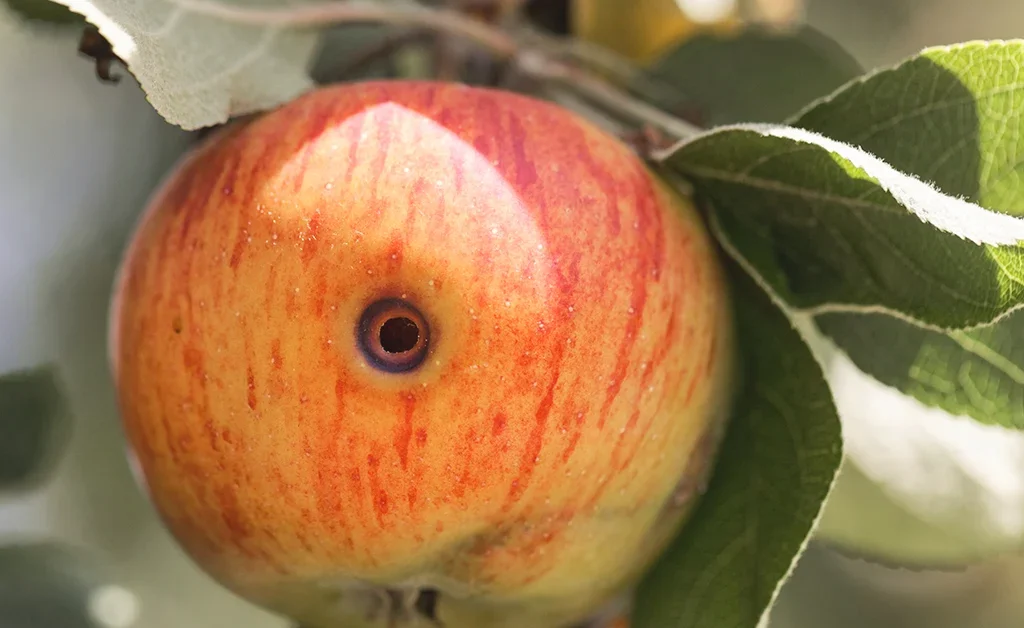
Damage
Leafrollers are larvae of moths that roll or tie leaves with silk and feed from within. They also chew on flower buds and young fruit, leading to deformed or scarred produce. Damage is usually cosmetic but can reduce market value and yield.
Identification
- Rolled or webbed leaves
- Frass and visible caterpillars inside leaf rolls
- Chewed edges or holes in leaves and fruit
Control Methods
- Prune infested areas: Remove larvae before they spread.
- Bt sprays: Bacillus thuringiensis is a natural bacterial treatment effective against young caterpillars.
- Spinosad-based insecticides: Effective and relatively safe for beneficial insects.
- Encourage predators: Birds, wasps, and spiders help naturally reduce populations.
Integrated Pest Management (IPM): The Smarter Approach
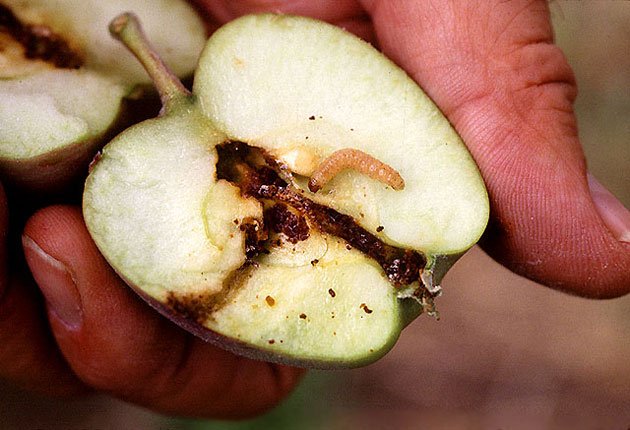
Rather than relying solely on chemicals, the best way to protect fruit trees is through Integrated Pest Management (IPM). This approach emphasizes long-term prevention and minimal environmental impact.
Key Components of IPM:
- Monitoring & Early Detection
- Use traps, visual inspection, and routine scouting to catch infestations early.
- Cultural Practices
- Maintain healthy soil and trees through proper watering, fertilization, and pruning.
- Practice good sanitation: remove fallen fruit and infected plant parts.
- Biological Controls
- Encourage natural predators by planting insectary plants.
- Avoid broad-spectrum pesticides that kill beneficial organisms.
- Mechanical and Physical Barriers
- Use trunk wraps, netting, and fruit bags.
- Manually remove or prune affected areas.
- Targeted Chemical Use
- Apply insecticides only when pest levels exceed thresholds.
- Choose selective, low-toxicity options and apply at the right time (e.g., during larval emergence).
- Record Keeping and Adaptation
- Track which pests are problematic and evaluate the success of control measures over time.
Structuring This for Your Thesis
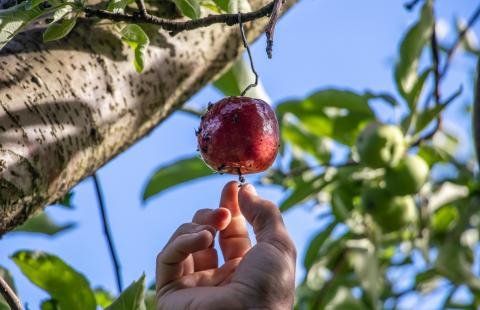
To convert this article into a thesis chapter, you might follow this outline:
- Introduction
- Importance of fruit trees in agriculture and horticulture
- Overview of pest threats and economic impact
- Pest Profiles
- Detailed examination of the six major pests: life cycles, damage, identification, and control
- Integrated Pest Management
- Philosophy, methods, and effectiveness
- IPM vs. conventional pest control
- Regional Considerations
- Pest occurrence by climate, geography, or tree species (customize for your area)
- Recommendations for Growers
- Best practices and decision-making frameworks
- Conclusion
- Emphasize proactive management, the importance of monitoring, and combining strategies
Final Thoughts
Pests are a persistent challenge in fruit production, but with proper identification and a layered approach to control, you can protect your trees and maximize harvest quality. Whether you’re a home gardener or a commercial grower, adopting Integrated Pest Management will ensure that your trees thrive with minimal ecological disruption.
Would you like help creating visuals like pest ID charts, life cycle diagrams, or a printable guide for orchard use?
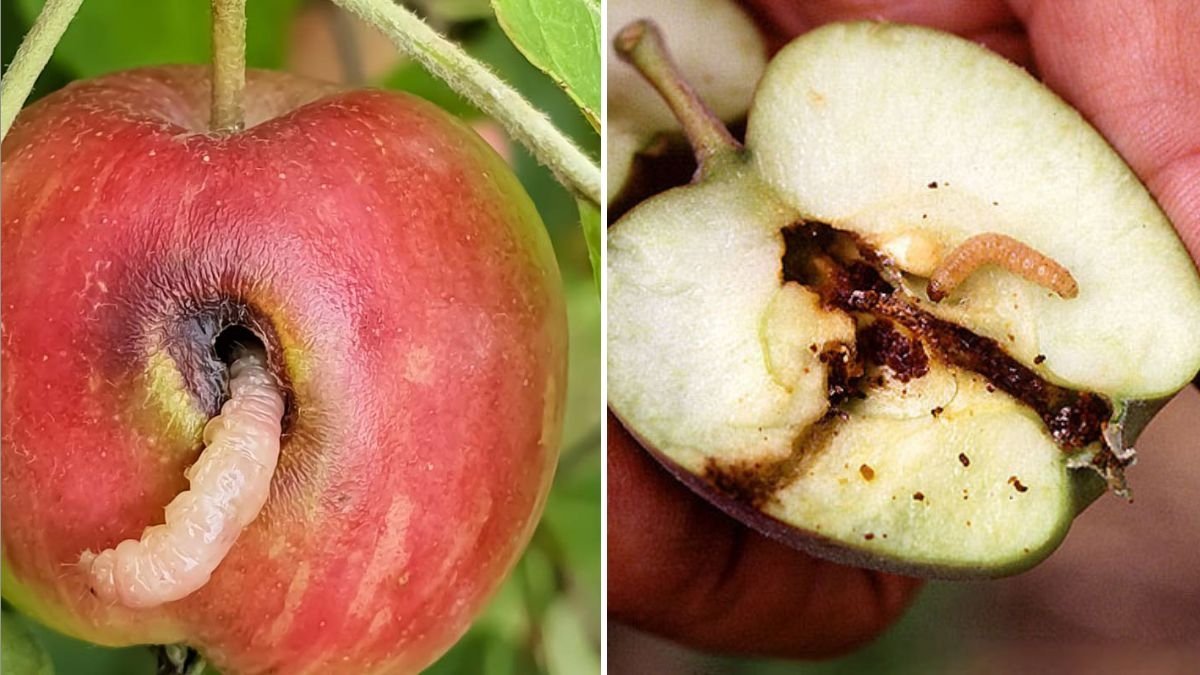


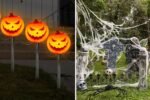

Leave A Comment